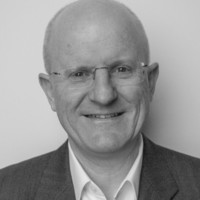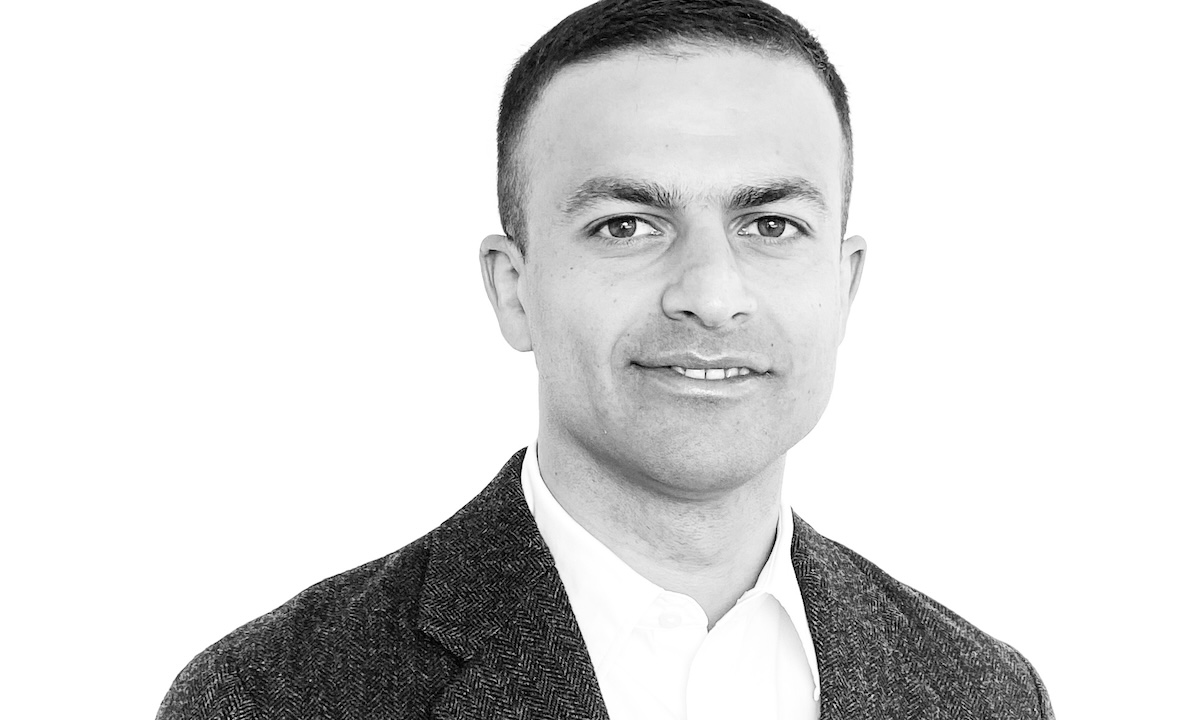As data centres evolve to meet escalating energy demands and sustainability expectations, site assessment is emerging as one of the most critical early stages of project success. At the upcoming New Zealand Cloud & Data Centre Convention, industry experts will explore how site evaluation must move beyond traditional parameters of power and connectivity to address new challenges – from grid resilience and climate adaptation to local regulation and social impact.
One panellist Navid Golshani, Data Centre Electrical Lead (Australia) at Stantec, sat down with W.Media to explain how the discipline has fundamentally shifted in scope. “Data centre site assessments have evolved from focusing mainly on zoning, power and connectivity to a holistic approach that also considers climate suitability, renewable energy access, environmental risks, and long-term sustainability,” he says. “This shift is driven by climate change, energy efficiency goals, and the need for resilient, future-proof infrastructure.”
Golshani notes that emerging risks now extend far beyond the traditional concerns of power and cooling. “We now prioritise factors such as climate risk, geopolitical stability, grid reliability, and environmental conditions like air quality and natural disaster exposure,” he says. “Access to local talent has also become a key consideration – regions with power and connectivity may still be unsuitable due to skill shortages or language barriers, making operations challenging for US-based hyperscalers.”
Grid flexibility
In markets like Australia and New Zealand, where renewable energy penetration is high, Golshani says site selection increasingly depends on the reliability and flexibility of the grid. “We assess not just renewable availability but also grid stability, firming capacity, and long-term energy policy,” he explains. “We prioritise sites with secure, contractible green power, strong transmission infrastructure, and clear resilience measures, such as storage or dry-year mitigation, to ensure reliable and sustainable operations over time.”
Rising global temperatures and extreme weather events are also reshaping how data centre operators think about cooling performance. “We now assess sites for climate suitability and the potential for free or adiabatic cooling, as these significantly reduce energy use, improve PUE, lower carbon emissions and water consumption, and ultimately decrease long-term OPEX,” says Golshani. “Some clients now apply a conservative N=50 years extreme ambient temperature standard to ensure reliable and efficient cooling performance throughout the data centre’s life cycle.”
Local regulation has become another major planning factor, particularly as governments tighten emissions standards and mandate greater energy transparency. “We incorporate evolving local regulations by embedding compliance into the early planning stages, ensuring sites meet emissions targets, energy efficiency standards, and data sovereignty requirements,” he explains.
“In markets like Australia and New Zealand, this means aligning with frameworks such as NABERS and the Safeguard Mechanism, designing for renewable integration and reporting obligations, and ensuring data remains within required jurisdictions.”
Modelling is changing
He spelt out how digital tools are transforming the speed and accuracy of site evaluations. “Intelligent modelling tools and data-driven simulations now enable teams to evaluate potential locations with greater accuracy and speed by leveraging live insights on grid performance, environmental conditions, and infrastructure demand,” says Golshani. “At the same time, authorities are adopting AI to accelerate major project approvals, reducing processing times and bringing developments online faster.”
Stantec’s work across global projects has given Golshani a front-row view of how best practices differ between regions. “Global best practices highlight the importance of integrating sustainability, resilience, and collaboration early in the site development process, with a strong focus on grid-aware site selection,” he says. “Regions like the Nordics demonstrate how renewable integration and free cooling can achieve ultra-low PUEs, while Singapore and Japan showcase adaptive planning in dense or climate-challenged environments through vertical designs and energy reuse.”
Resilience testing
He added that resilience testing is now more sophisticated, incorporating “black swan” event modelling to account for extreme but plausible risks. “We stress-test potential sites by modelling extreme scenarios such as earthquakes, bushfires, and prolonged grid outages using historical data, climate projections, and probabilistic risk tools,” he explains. “While some level of risk is unavoidable, we aim to avoid high-risk zones, such as active fault lines or designated bushfire areas. For regions with elevated risk, we also factor Importance Level 4 structural design standards to ensure enhanced seismic and structural resilience.”
Social factors – once considered secondary – are now essential to long-term operational success. “Access to skilled labour ensures reliable operations and maintenance, while proximity to end users helps reduce latency and improve service delivery, particularly for hyperscale and edge deployments,” Golshani says. “Community acceptance is also essential, as early engagement and transparent communication help prevent planning delays, minimise opposition, and build long-term social licence to operate.”
Looking ahead, Golshani believes the next wave of site assessments will emphasise adaptation, sustainability and grid intelligence. “Beyond traditional resilience, there will be greater emphasis on lifecycle carbon impact, embodied emissions, water stewardship, and biodiversity protection,” he says. “As AI and high-density computing drive higher power demands, grid congestion management, on-site energy generation, and heat reuse will also become key priorities that are not yet fully embedded in most site selection processes today.”
Panellist Navid Golshani, data centre electrical lead (Australia) at Stantec will join Matt Ryan, customer & growth lead, Spark Data Centres; Peter Skipper director – New Zealand, DCI Data Centres; and Diana Hartley, partner, DLA Piper for the PANEL DISCUSSION: Beyond the Blueprint: Rethinking Site Assessments for Next-Gen Data Centres. The session will be moderated by data centre expert Andrew Green.
In today’s landscape of increasing energy demands, climate risks and regulatory pressures, traditional site evaluation is no longer enough. Site assessments are critical to ensuring resilience, scalability, security and sustainability. This panel will discuss the latest tools, methodologies and risk factors – from energy availability and cooling strategies to seismic resilience, physical security and regulatory compliance. What new risk factors must be evaluated in the site selection process? How can AI, digital twins and advanced analytics improve site planning? What lessons can be learned from global best practices in resilient site design?
To attend, visit: https://clouddatacenter.events/events/new-zealand-cloud-datacenter-convention-2025/


